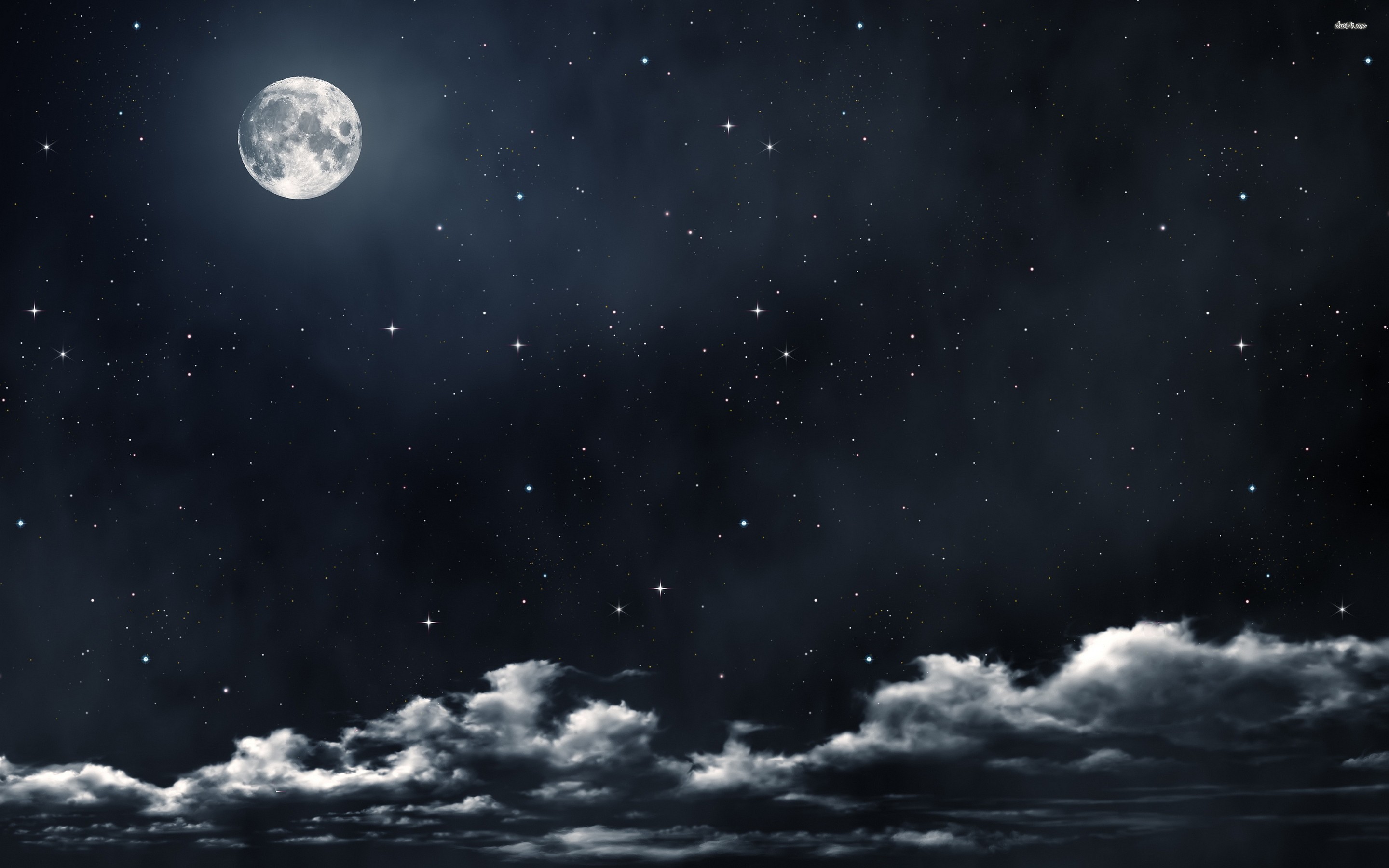
It was developed to replace most green dyes used at the time. It was a widely used fashion colour that everyone adapted. The colour itself was a bright fluorescent-like green that glowed in the sunlight. Emerald and Scheele’s green was invented as a synthetic colour to use on various merchandise like clothes, toys, foods, wallpaper. This is about the deadly history of Emerald Green and Scheele’s Green. Glenn Miller and his Orchestra recording on the Jazz Anthology website.This is colour is deadly.Moonlight Serenade: A Bio-discography of the Glenn Miller Civilian Band. ^ "Glenn Miller And His Orchestra – Moonlight Serenade / American Patrol"."Frankie Carle, 97, Band Leader Who Wrote 'Sunrise Serenade' ". Glenn Miller and his Orchestra, pp, 71-72. : CS1 maint: bot: original URL status unknown ( link), The Schillinger System. ^ " Joseph Schillinger, the forgotten Guru", The Schillinger School of Music.A remix of "Moonlight Serenade" titled "Moonlight Serenade (∞ Climax Mix)" appears as a battle theme in the 2022 video game Bayonetta 3."Moonlight Serenade" plays in the background of a scene in Star Trek: The Next Generation season 2 episode 19: Manhunt.Miller's recording of "Moonlight Serenade" plays during the opening scene of the 1971 film Carnal Knowledge."Midnight Serenade" features as background music on the Doctor Who episodes Revelation of the Daleks, The Empty Child, and The Doctor Dances.The recording was also issued as a V-Disc in November 1943. In January 1976 on a maxi single with "Little Brown Jug" and "In the Mood", "Moonlight Serenade" reached number thirteen on the UK charts, in a chart run of eight weeks. The recording reached number twelve in the UK in March 1954, staying on the chart for one week. In the UK, "Moonlight Serenade" was released as the A-side of a 78 for His Master's Voice (catalogue number B.D.5942) with " American Patrol" as the B-side.

It was the fifth most popular hit of 1939 in the Billboard year-end tally, where Miller had five records in the top 20. pop charts in 1939, reaching number three on the Billboard charts, where it stayed for a total of fifteen weeks. The song was recorded on Apon the RCA Bluebird label, and was a Top Ten hit on the U.S. A new recording by Glenn Miller with the American Band of the Allied Expeditionary Forces (AEF) was broadcast to Germany in 1944 on the radio program The Wehrmacht Hour. A V-Disc test pressing of a recording of the song from Novemby the AAF Band was made but the disc was not issued. The recording was also released as the Navy V-Disc No. War Department as Army V-Disc 39A, VP 75, Theme Song, in November 1943. The 1939 RCA Victor studio recording of "Moonlight Serenade" was released by the U.S. Can any other record match 'Moonlight Serenade' for its ability to induce a Pavlovian slobber in so many for so long?" ( The New Yorker, May 24, 2004). Jazz critic Gary Giddins wrote about the song's impact and legacy "Miller exuded little warmth on or off the bandstand, but once the band struck up its theme, audiences were done for: throats clutched, eyes softened. They thought "Moonlight" would be a natural association for "Sunrise". Finally it ended up as "Moonlight Serenade" because Robbins Music bought the music and learned that Miller was recording a cover of "Sunrise Serenade", a Frankie Carle associated song for RCA Victor. The Noble Orchestra never recorded the song.

Simon recounted how vocalist Al Bowlly of the Ray Noble Orchestra sang him the Eddie Heyman lyrics to the Glenn Miller music of "Now I Lay Me Down to Weep" in 1935. In his biography of Glenn Miller, George T. The song evolved from a 1935 version entitled "Now I Lay Me Down to Weep", with music by Glenn Miller and lyrics by Eddie Heyman to a version called "Gone with the Dawn" with lyrics by George Simon, and "The Wind in the Trees" with lyrics by Mitchell Parish. Miller studied the Schillinger technique with Joseph Schillinger, who is credited with helping Miller create the "Miller sound", and under whose tutelage he composed "Moonlight Serenade". "Moonlight Serenade" released as Army V-Disc 39A, VP 75, Theme Song, by the U.S.


 0 kommentar(er)
0 kommentar(er)
